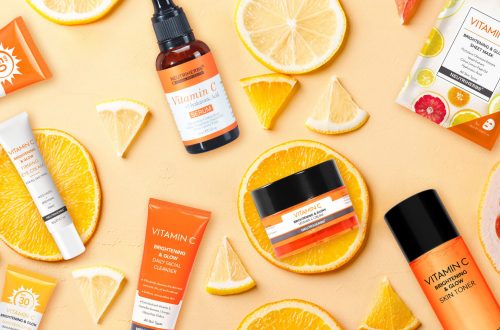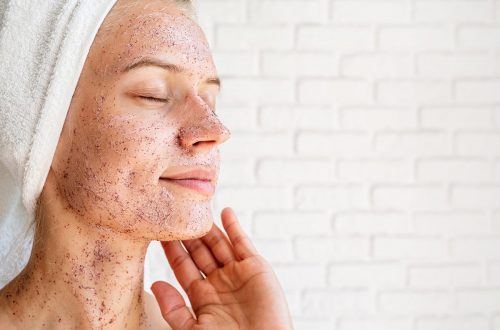How to use Retinol and its Side effects
The most typical symptoms include dryness, flaking, and irritation. Use Retinol cautiously if you have eczema, rosacea, or very sensitive skin. If this is the case, combine it with a quality moisturizer and seek advice from a professional to avoid making a mistake.
Vitamin A doesn’t like sunlight, making skin more susceptible to other products. Scrubs and other abrasive cosmetics should not be used simultaneously because they can dry out and irritate the skin. To avoid being exposed to the sun, only use it at night.
Always wear sunscreen with a high SPF if you apply Retinol during the summer. Burns are very likely, so stay out of the sun for as long as possible and seek shade during dangerous times.
How to use Retinol?
Consistency pays off, as usual. Before you see the first results, it might take weeks or even months. Retinol should be used in your beauty regimen. As? Start easy by washing your face with a mild cleanser in the morning, followed by applying your moisturizer and sunscreen. Apply the Retinol first, then the moisturizer after a second cleanse in the evening. Perform this routine once or twice weekly to get your skin used to it.
Without going overboard, gradually increase the frequency but not the quantity of the product. You should take a break from using it if you experience redness or irritation. Retinol speeds up the process of pushing skin cells to the surface, resulting in a micro peel. It is not advised to be used every night because of this.
Adding an exfoliating serum to your beauty regimen will help you get rid of dead skin cells that accumulate on the surface. You should only use Retinol for two consecutive nights until your skin adjusts to it. Then, in the following days, use the exfoliating serum before applying the moisturizing one.
You can apply vitamin A more frequently—every other day, in moderation—if your skin accepts it well. Don’t give up if you experience irritation or flaking; simply switch products or techniques. Apply Retinol first, then hyaluronic acid serum, and then moisturizer to try the “sandwich” method.
Only add one product at a time after testing how your skin responds; take your time. Apply Retinol to the forehead, nose, cheeks, and chin using a pea-sized amount and dab. To evenly distribute it across your face, gently massage it in. The neck and décolleté should not be overlooked.
Forms and concentrations of Retinol
Most retinoids can’t stand sunlight, so they store cosmetics in opaque, well-sealed containers.
Retinol is available in cream, gel, serum, spray, and lotion. Are you prone to oily skin? Choose a gel or spray-based product. Lotions and serums work well on combination skin; creams, typically much more moisturizing, are much preferred by dry skin. Also, consider the season: in the summer, use light and fresh products; in the winter, choose foods that are heartier and more nourishing.
Retinol is also available in various concentrations. Generally speaking, if something needs to be listed on the package, it’s less than 0.25 percent.


